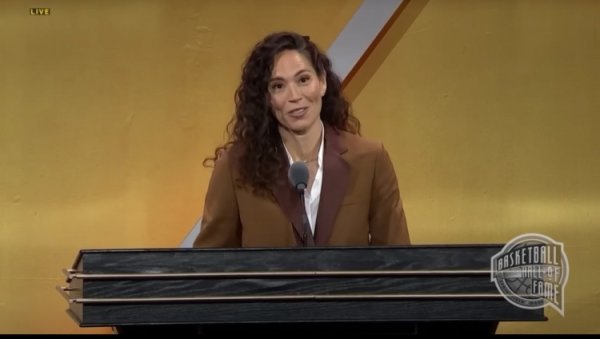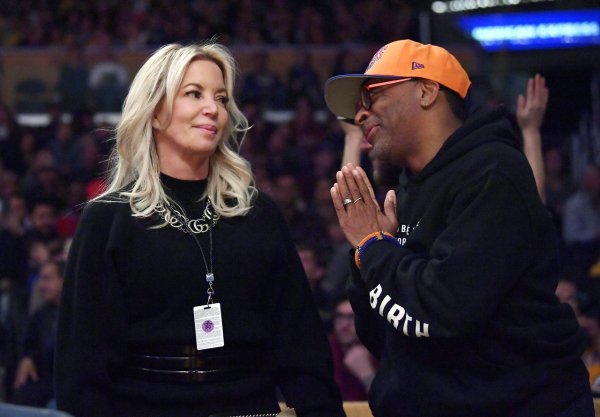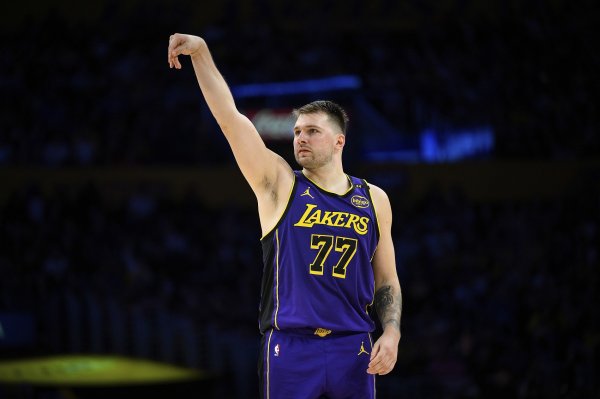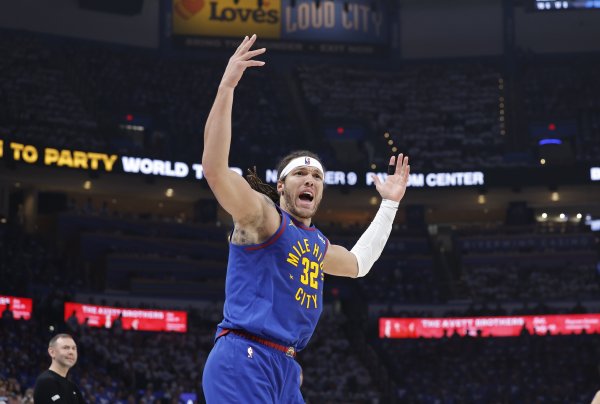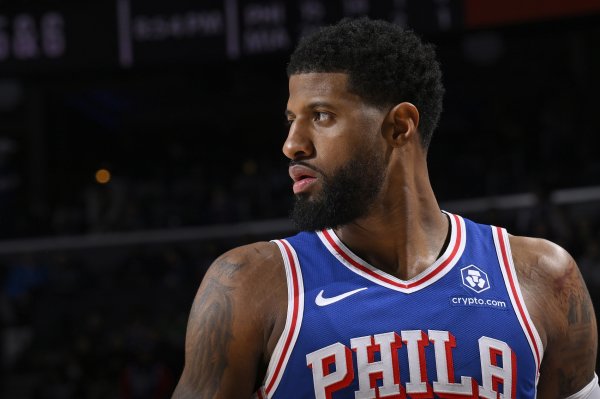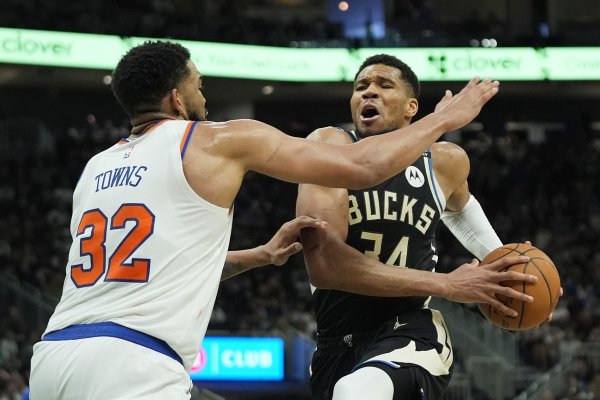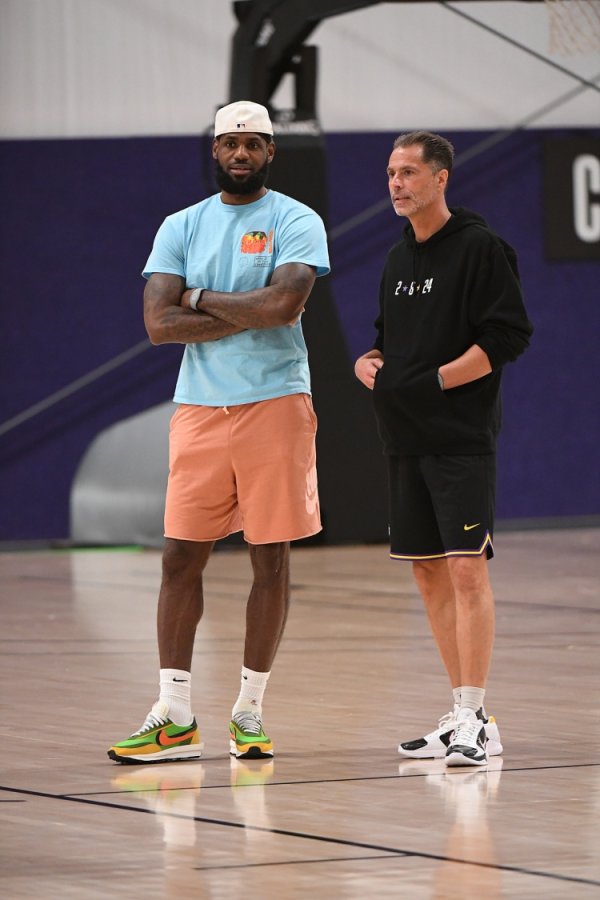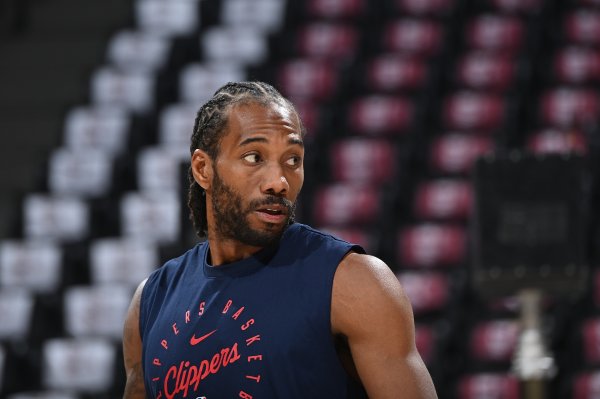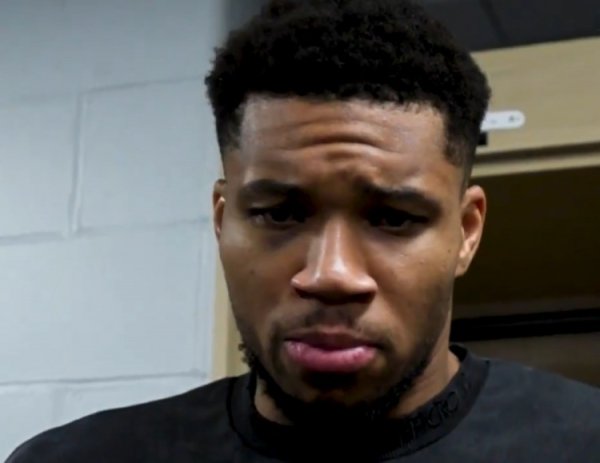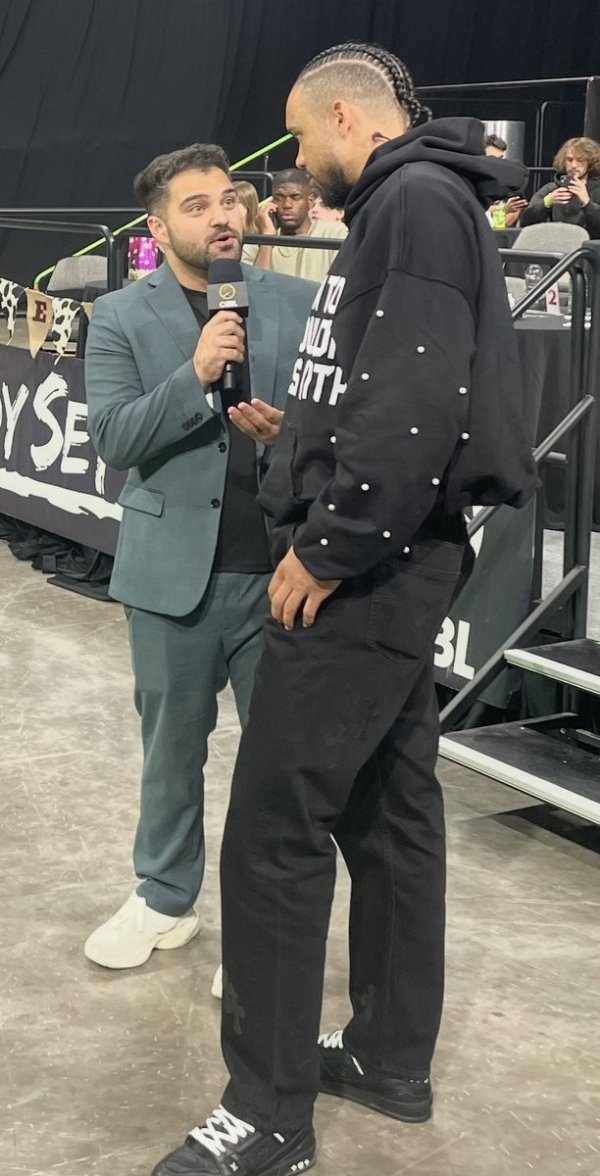Super scorer leads! Which is Flagde? TA selected the 25 strongest college players since 2000
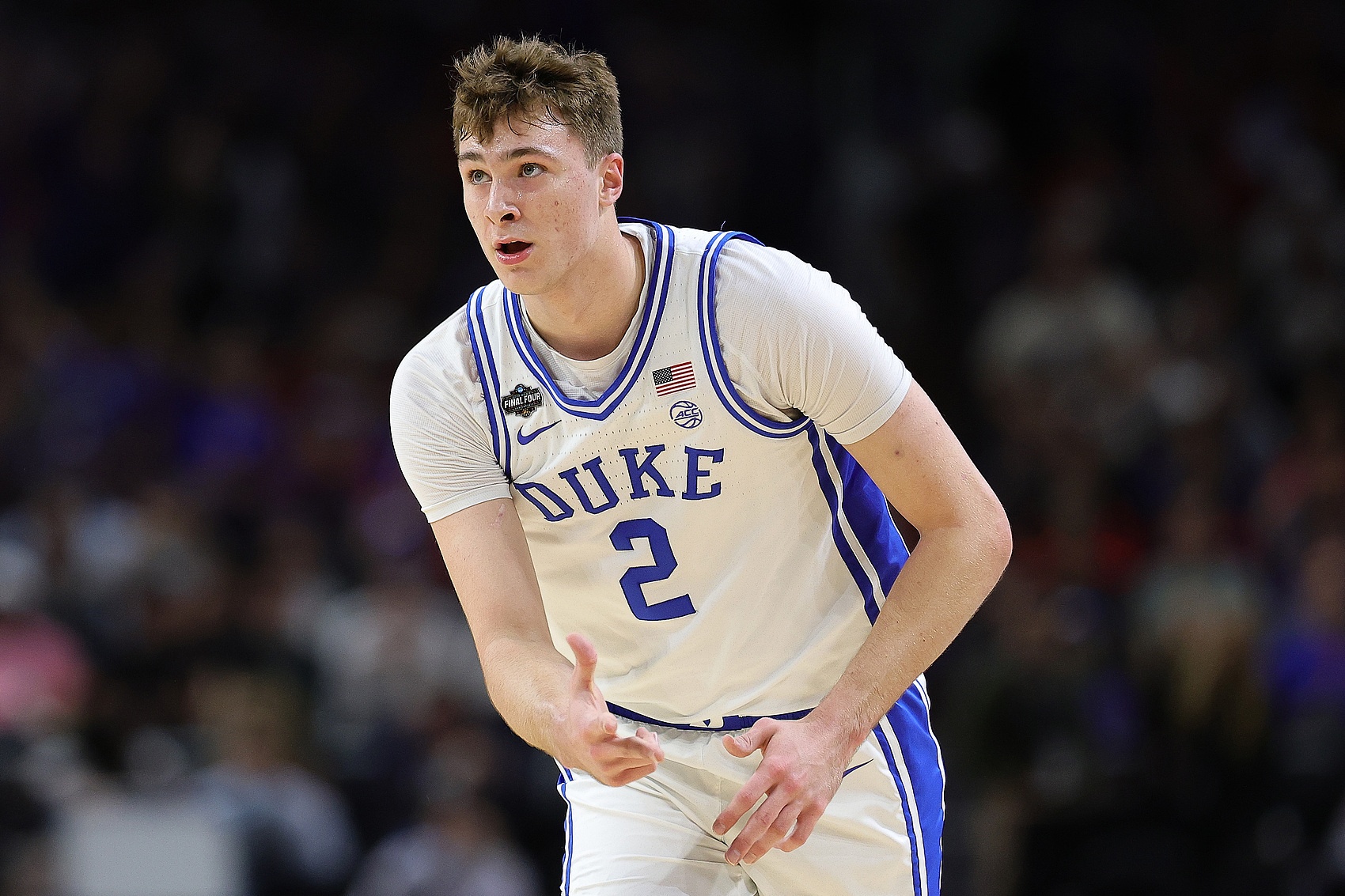
(The article was published on July 14, and the author is Lindsay Schnell, a reporter from The Athletic. The content of the article does not represent the translator's views.)
What kind of players are defined as "best"?
I kept asking myself this question when selecting the 25 best male college basketball players in the past 25 years. This selection process will inevitably lead to fierce debate.
Of all sports, men's college basketball is probably the most subjective because the players' experience is very wide. Some of the most influential players left after only one season; while others played for a full four years. How to compare these two situations?
Everyone has his own criteria for judging, just as the prize voters at the end of each season have different values. I attach great importance to victory and the improvement of the team's abilities. For some teams, this means they want to win a national championship; for others, it may be enough to just enter the semifinals or enter the top 25.
In addition. The time period for players to play is also very important. I did not include players from the 1999-2000 season. That's why you won't see Kenyon Martin of the University of Cincinnati and Martern Clives of Michigan State on this list.
In short, this is not a mathematical equation, nor is there the so-called "correct" answer. The gap between everyone is so small that I also leave a place for the 26th player. This is my list – but I would love to hear from you too. Please leave your list in the comments, or at least list your top five. I'm also curious whether you think I missed an obvious player.
As I said, I am looking forward to this debate.
Note: Some players on this list began their careers before 2000. Although we listed their college career statistics, their stats and honors before the 2000-01 season were not considered.
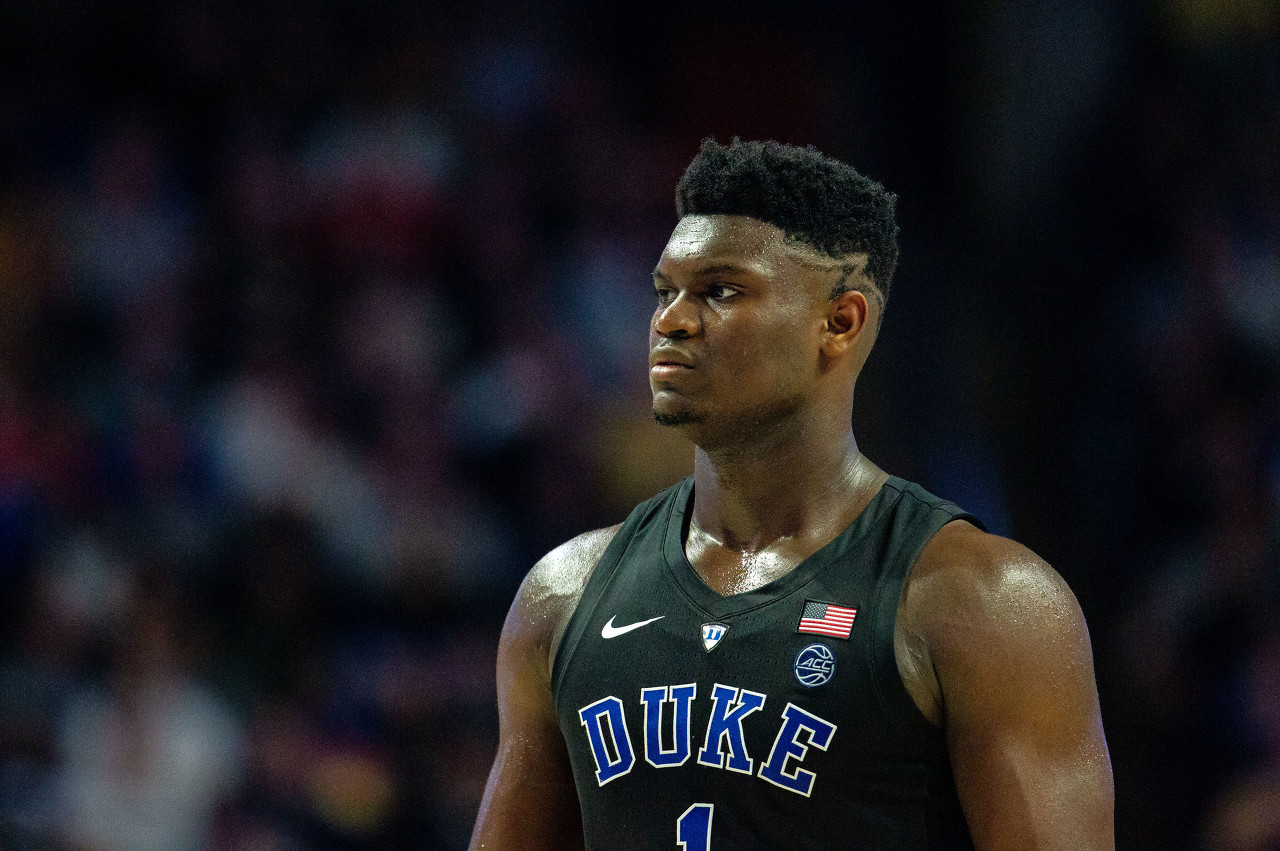
tied for 25th: Zion Williamson (Duke University, 2018-19), Cooper Flag (Duke University, 2024-25)
Zion's career data: 33 games, 22.6 points, 8.9 rebounds, 2.1 assists, shooting percentage 68%, three-pointers, 33.8%
Flag's college career data: 37 games, 19.2 points, 7.5 rebounds, 4.2 assists, shooting percentage 48.1%, three-pointers, 38.5%
Is this considered cheating? Maybe. Zion and Flagg had almost the same college career as they were in the same year, both of whom received Player of the Year and Freshman of the Year honors, a achievement that only two players in college basketball history (Kevin Durant and Anthony Davis, we'll mention them later). Although neither of them won the national championship, at least Flag made it to the semifinals. Their charm can be summarized like this: as long as they appear on TV, you will go to their game. They are one of the few freshmen in NCAA history who can score 500 points, 50 steals and 50 blocks in a season. Which of the two is better? If there is a difference, I can't find it.

No. 24: Nick Collison (University of Kansas, 1999-2003)
College career data: 142 games, 14.8 points, 8 rebounds, 1.8 assists, and 56.2% from the field, frankly, although the University of Kansas has been one of the most stable teams in the past 25 years, no player can be immediately listed as a "must-for-stop choice". This proves that Roy Williams and Bill Self have built a balanced team in Kansas. NABC's best player in the country in 2003 and a recognized All-Star in the United States, Collison was absolutely dominant in the inside. He was the Big 12th League's historical scoring champion when he graduated. Although this record was later broken, his career 2097 points still ranks seventh.
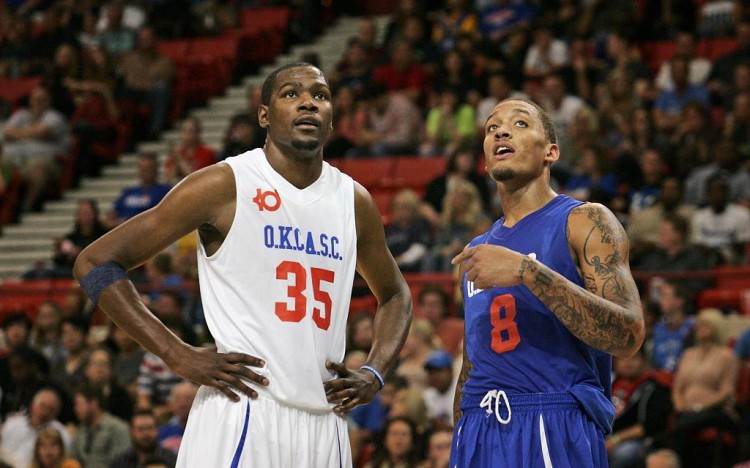
No. 23, Michael Beasley (Kansas State University, 2007-08)
College career data: 33 games, 26.2 points, 12.4 rebounds and 1.2 assists, shooting percentage 53.2%, three-pointers and 37.9%
Beasley is one of the indispensable stars in the TV broadcast. In his only college season, he was not only a great scorer, but also a rebounder, and still holds the most double-double record with rookie players (28 times). Kansas State fans love his bold and confident attitude: before the season began, he threatened to lead the Wildcats to defeat the University of Kansas, which has dominated the Big 12 for many years, and he finally fulfilled his promise to score 25 points in Manhattan’s home game against Kansas to help the team win.
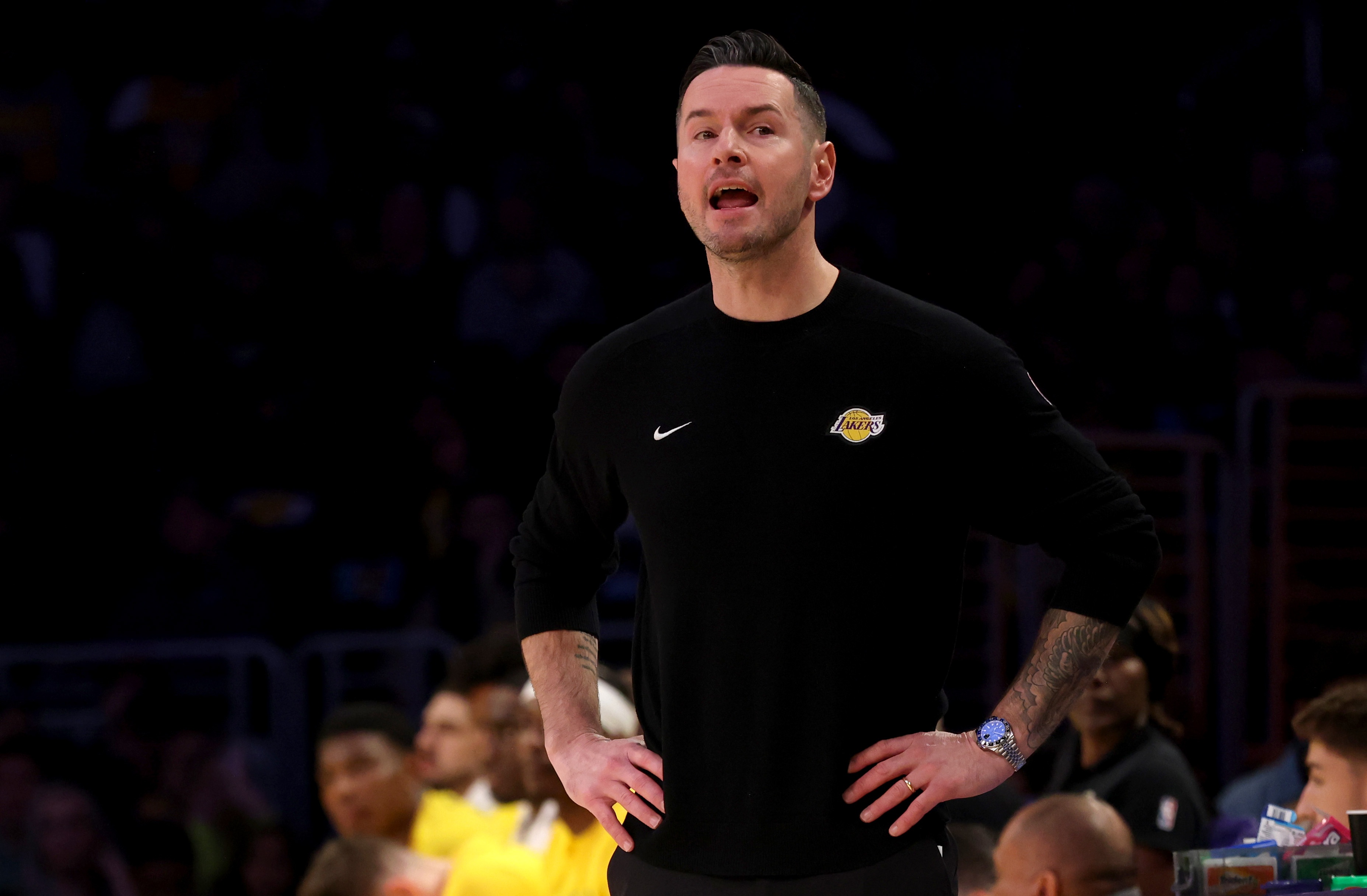
No. 22, JJ Redick (Duke University, 2002-06)
College career data: 139 games, 19.9 points, 2.7 rebounds and 2.2 assists, shooting percentage 43.4%, three-pointers 40.6%
On this list, who is more hated than him? Who cares less about these things than him? You may still remember that he was one of the most polarized players in college basketball history, but you can’t deny Redick’s influence, especially his ability to shoot key shots at critical moments. This was most evident in his senior year, when he scored a career-high 41 points against the University of Texas, including nine three-pointers, helping No. 1 Duke win second-placed UT with a 97-66 win. Redick is Duke's all-time scoring champion (2769 points) and is the player with the most three-pointers in school history (457). The sharpshooter also holds a record-breaking free throw percentage in NCAA career (at least 600 hits) - 91.2%.
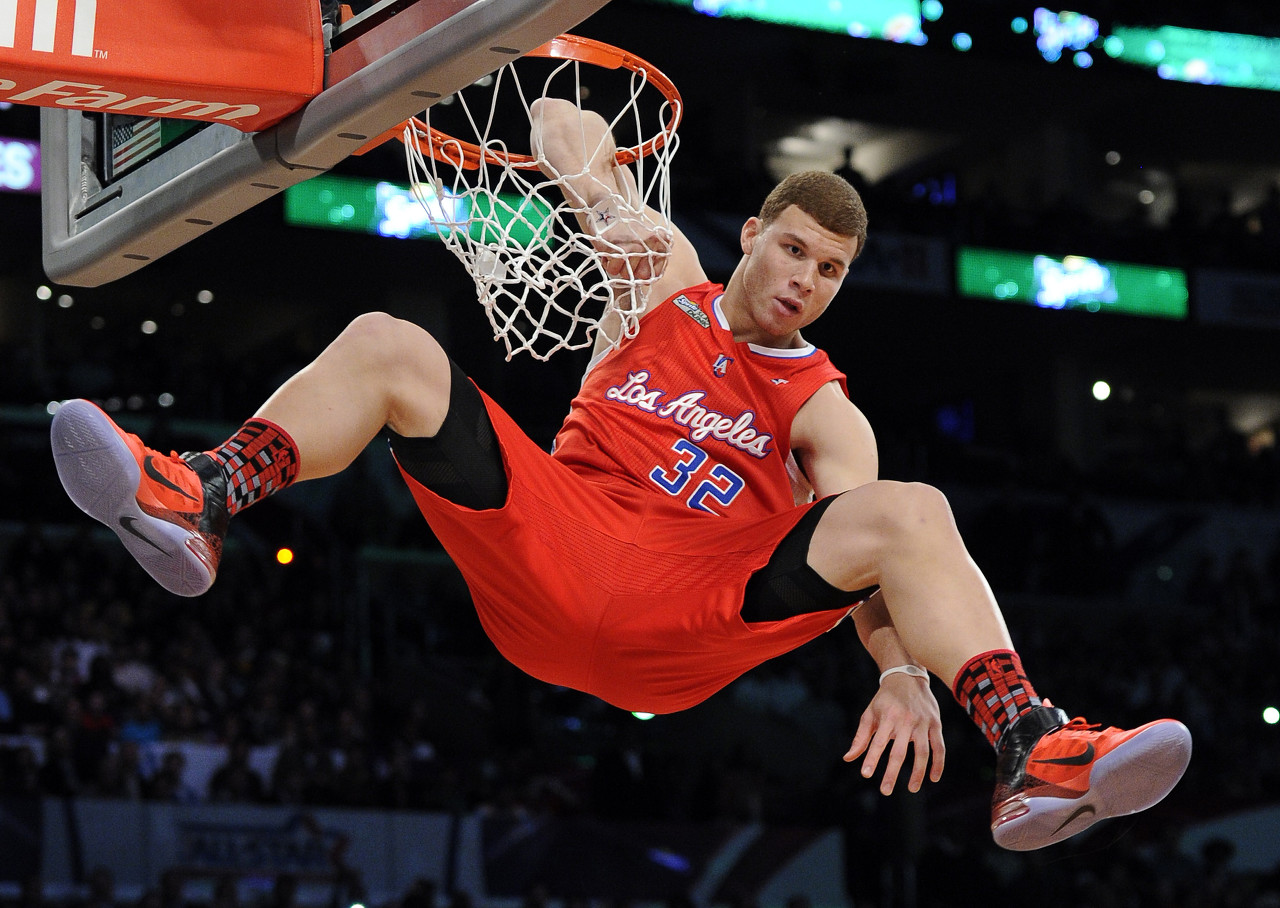
No. 21, Blake Griffin (University of Oklahoma, 2007-09)
College career data: 68 games, 18.8 points, 11.8 rebounds, 2.1 assists, shooting percentage 61.8%, three-pointers 30%
Griffin, known as the "single highlight", is famous for his shocking dunks. As a sophomore, he led the All-American scoring and rebounding list with 22.7 points and 14.4 rebounds per game, and won all the All-American Player Awards. He has performed well in rebounding, having performed well for two consecutive years, setting records of at least 20 points and 15 rebounds in 16 games in the Big 12. The 504 rebounds he grabbed in his sophomore year are the most mid-season players in any Division One season in the past 40 years.
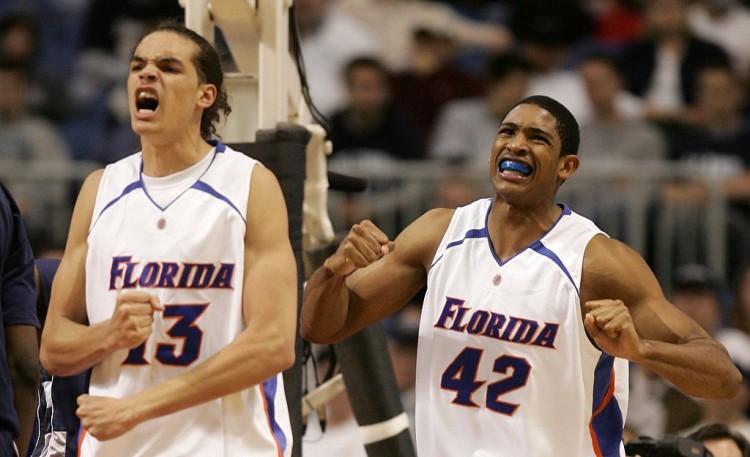
20th, Jockin Noah (University of Florida, 2004-07)
College career data: 108 games, 10.5 points, 6.4 rebounds and 1.7 assists, shooting percentage 61.6%, three-pointers 50%
Interestingly, although the University of Florida won the championship for two consecutive years in 2006 and 2007, no player in these two championship teams was selected into the All-American Team. In this talented and deep team, Noah stood out for his toughness and efficiency; in the 2006 championship game, he contributed 16 points and 9 rebounds, and set a record of 6 blocks in a single game that has not been broken to this day, helping the team beat UCLA.
No. 19, Jay Williams (Duke University, 1999-2002)
College career data: 108 games, 19.3 points, 3.7 rebounds and 6 assists, shooting percentage 45.3%, three-pointers 39.3%
is known as one of the strongest players in the United States. Jay Williams demonstrated unparalleled breakthrough ability in the last two years of his college career. His most famous scene was when he led Duke University to complete a shocking reversal against the University of Maryland in January 2001, a minute known as the "Miracle Minute". But he played a key role throughout the season, helping Duke win the 2001 championship. In 2001, Williams and teammate Sean Bathier won the NABC Player of the Year title, and later won multiple Player of the Year awards as a junior in 2002.
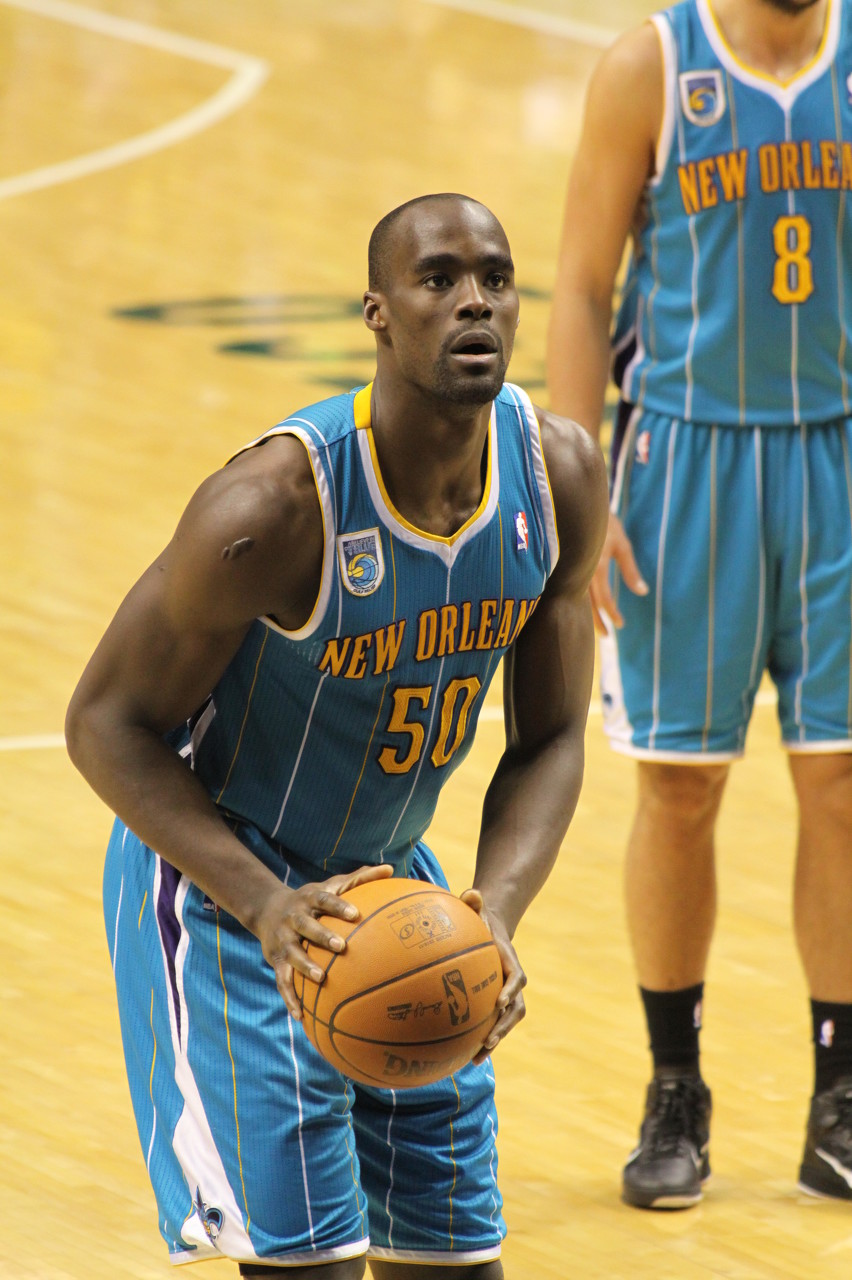
No. 18, Emecca Okafor (University of Connecticut, 2001-04)
College career data: 103 games, 13.8 points and 10.6 rebounds, shooting percentage 59%
Okafor showed great influence on both ends of the court, and he is undoubtedly one of the best players in Connecticut's history. He averaged double-double per game during his college years, leading Connecticut to win the 2004 championship and was named one of the All-American team members and two-time Big East Defensive Player of the Year. His name is all over the Husky's record book, ranking first in total blocks (441) and per game (4.3).
No. 17, Lasso Smith (University of Louisville, 2010-14)
College career data: 133 games, 14.3 points, 2.7 rebounds and 2.8 assists, shooting percentage 41.3%, 34.5% of three-pointers
If you are a data analysis enthusiast, you may think Smith's ranking should be higher. The former Louisville Cardinals guard is the only one in the era when KenPom website started ranking, one of two players to win the title of Player of the Year for two consecutive years with individual KenPom player ratings. After Kevin Weill unfortunately suffered a severe leg fracture in the 2013 division final, Smith stepped forward, scored 23 points and won the honor of the most outstanding player in the district. That year, he led Louisville to the championship, the Cardinals' first title since 1986.
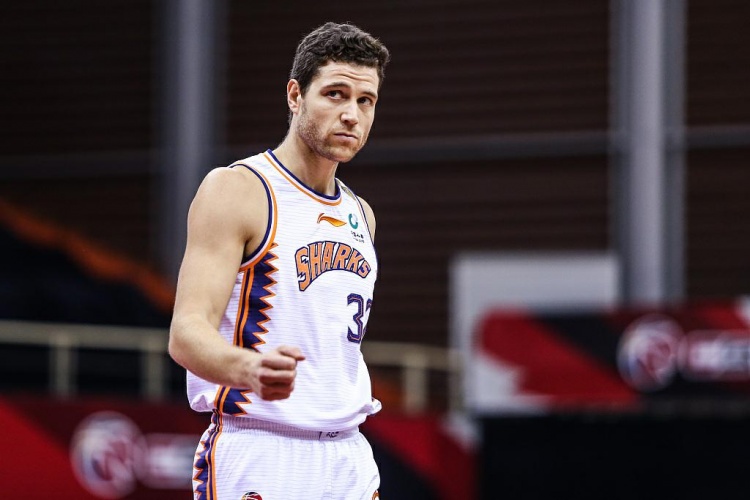
No. 16, Jimmer Fredette (Bicht Young University, 2007-11)
College career data: 139 games, 18.7 points, 2.6 rebounds, 3.7 assists, shooting percentage 45.5%, three-pointers 39.4%
This well-known mainstay player scored more than 40 points in seven single games during his junior and senior year. It is not easy to choose his most impressive game. Was it the one he scored 52 points against New Mexico in the Canyon Western Conference Championship in his senior year? Or did he scored 45 points against Texas Christine University in 2010? Or was it a 37-point shot in the first round of the 2010 NCAA Championship that beat the University of Florida? It's really hard to make a decision. But there is no doubt that Fredette is included on this list.
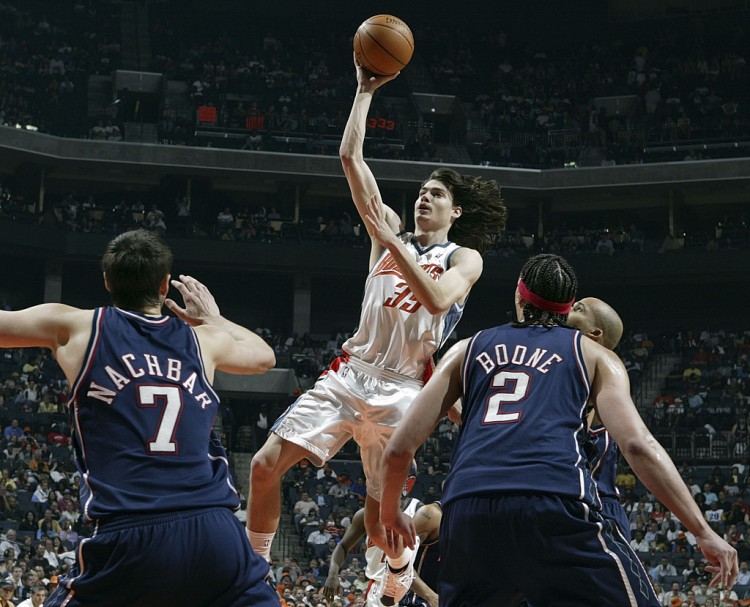
No. 15, Adam Morrison (Gonzaga University, 2003-06)
College career data: 95 games, 19.7 points, 5.1 rebounds and 2 assists, shooting percentage of 50.3%, three-pointers and 36.8%
Gonzaga has grown from a dark horse to a strong team today, far from his weak team image when he first participated in the NCAA Championship. The shift is largely attributed to Morrison, a local player who grew from a team caddy to the best player in the United States, and particularly impressively, he was not yet listed as a top 100 rookie when he graduated from high school. In the Invitational, Morrison scored 41 points against Michigan State to help the team win after three overtimes, a brilliant performance heralded his junior season. However, in the NCAA Championship, Gonzaga unexpectedly lost to UCLA, and the scene of Morrison crying on the court after the game became a classic.
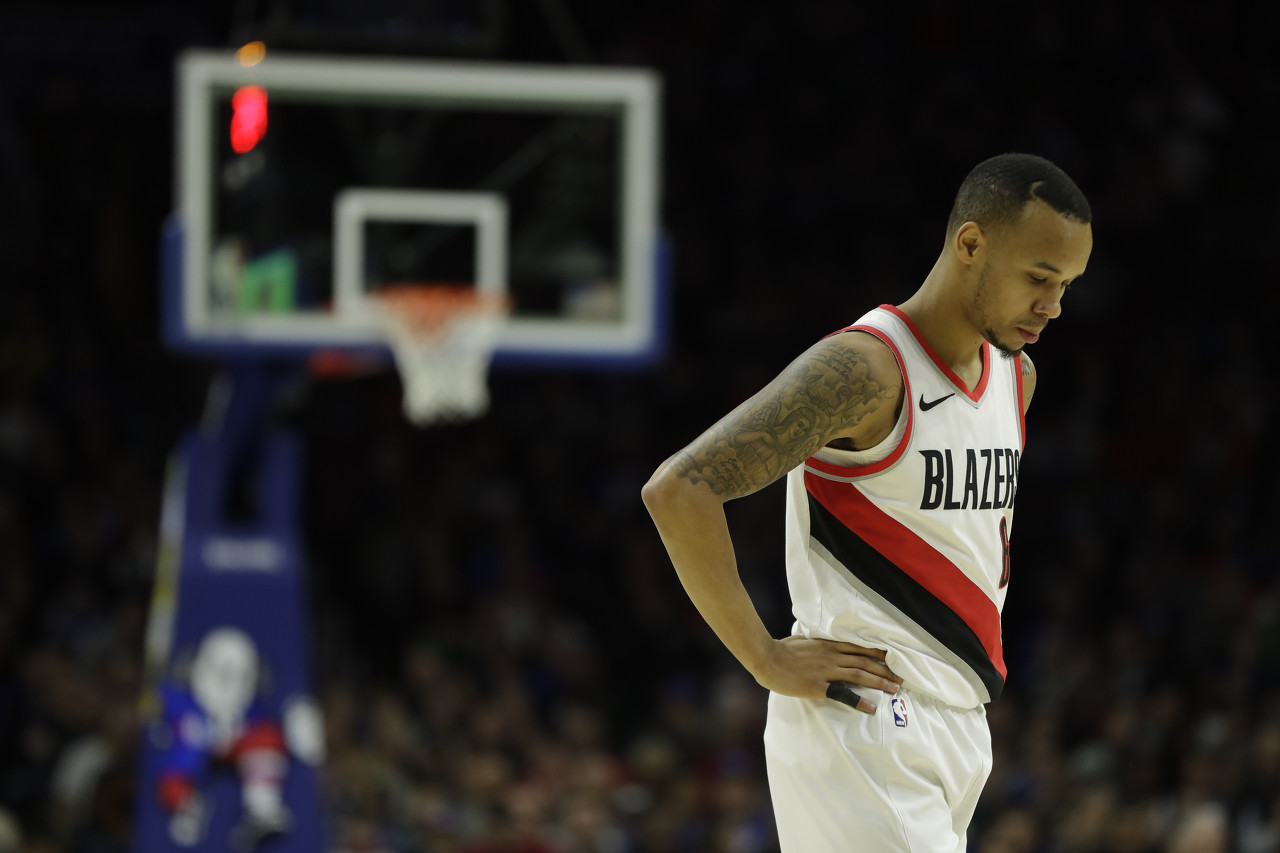
No. 14, Shabaz Napier (University of Connecticut, 2010-14)
College career data: 143 games, 13.7 points, 4 rebounds, 4.5 assists, 41.1% shooting percentage, 37.5% three-pointers
Two-time champion Napier played a key role in the UConn championship journey in 2011 and 2014. As a freshman, he was the first person on the bench—that year was the season led by Kemba Walker. By his senior year, he was named the most outstanding player in the final four. Napier's success as a senior was particularly fantastic as his goal to return to the NCAA Championships, and their team was suspended in 2013.
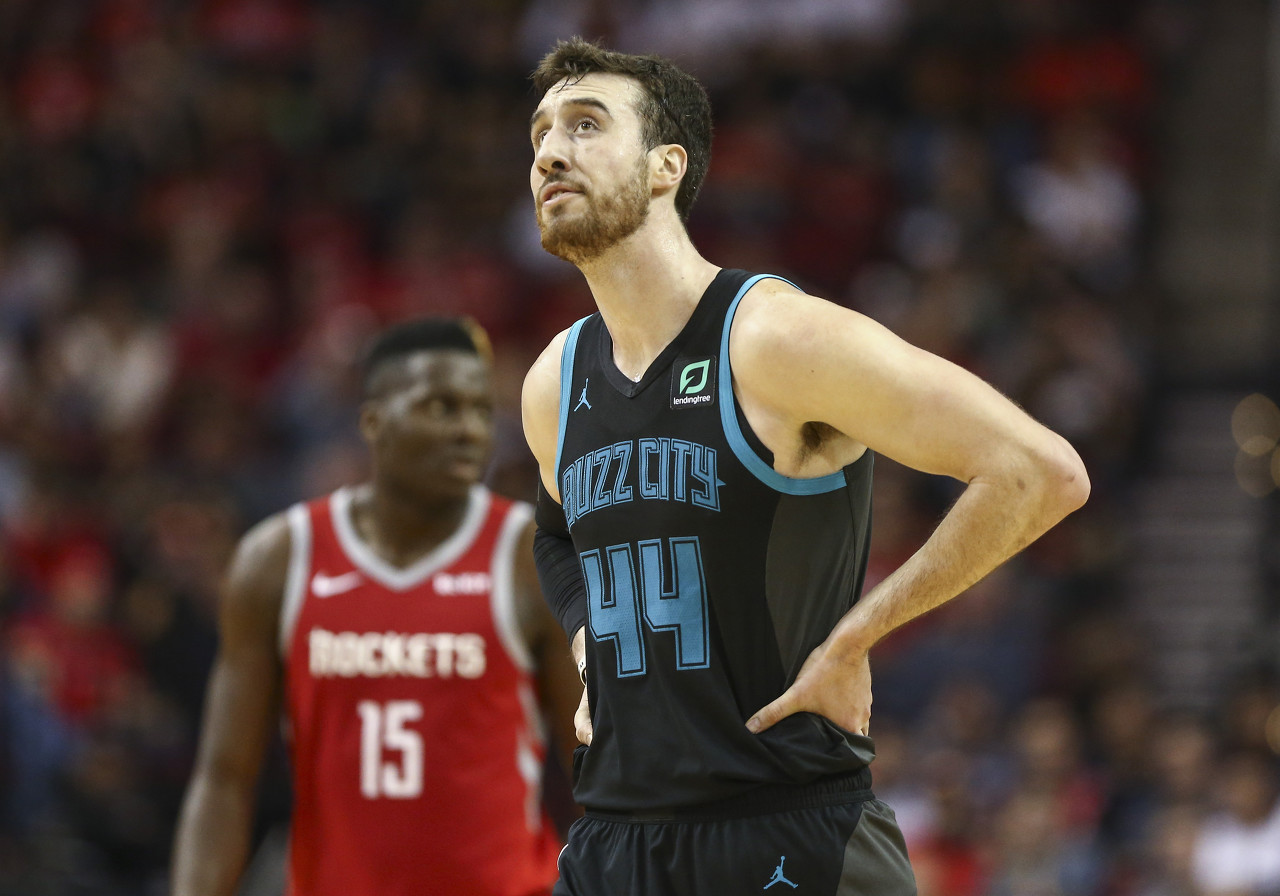
No. 13, Frank Kaminsky (University of Wisconsin, 2011-15)
College career data: 144 games, 10.1 points, 4.6 rebounds and 1.3 assists, shooting percentage 52.5%, three-pointers and 36.9%
In the college basketball world, who can compare with the "tank" Frank? After two seasons of substitute career, the once tall and thin center gradually grew into a force that cannot be ignored in the inside, and led the University of Wisconsin to the semi-finals for two consecutive years. In addition, Kaminsky also became the leader since KenPom began ranking individual players in 2011 with the highest score of players in a single season.
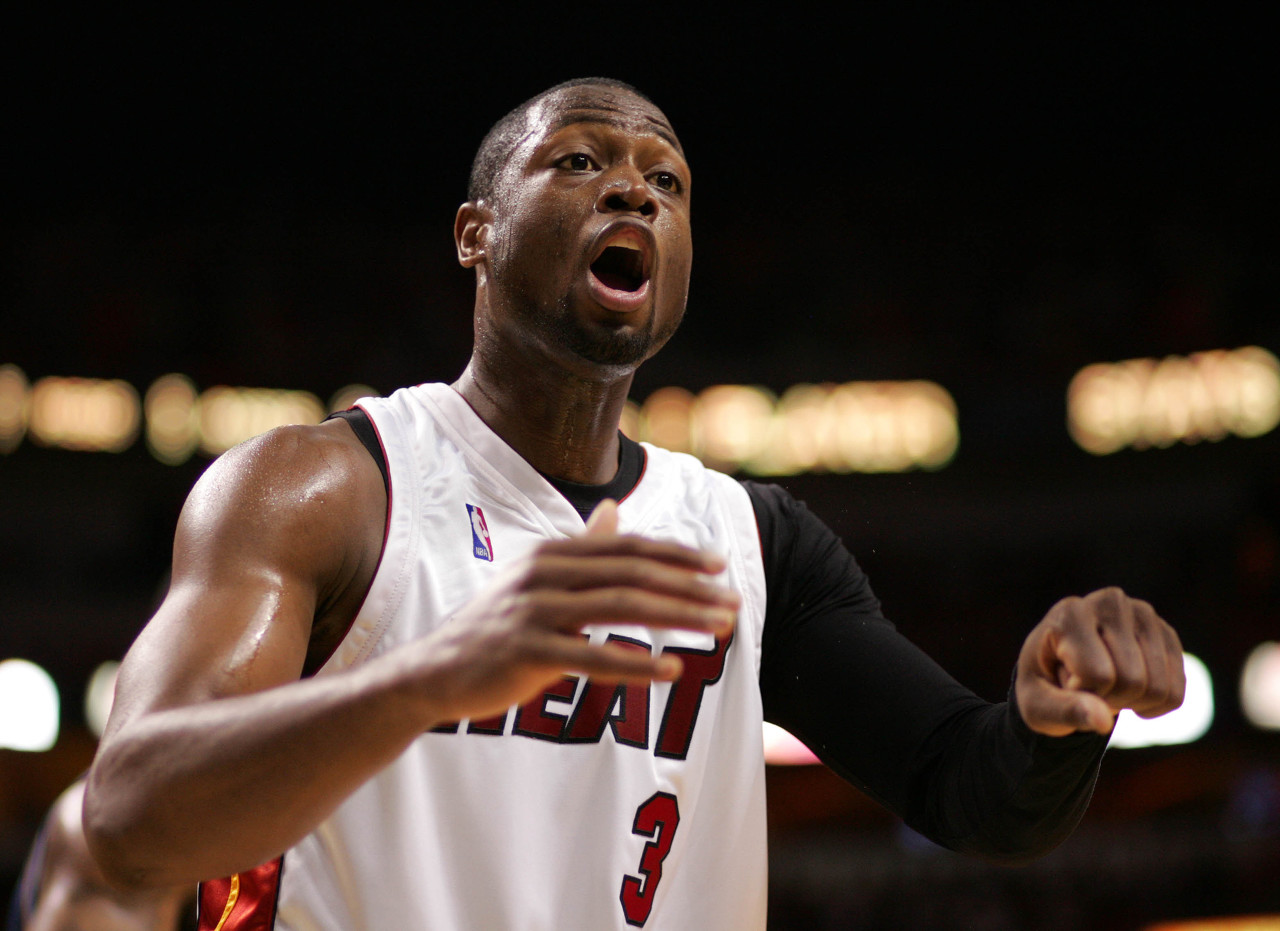
No. 12, Dwyne Wade (Marquette University, 2001-03)
College career data: 65 games, 19.7 points, 6.5 rebounds and 3.9 assists, shooting percentage 49.4%, three-pointers 33.3%
Wade led Marquette University (then belonged to the C-USA League) to the semi-finals in 2003, elevating the basketball level of this medium-sized school to a new level. Not only can he take over the game, but he can also show dominance against top teams - something Kentucky fans should have a deep understanding of. His outstanding performance narrowed the gap between medium-sized schools and large leagues and made medium-sized schools no longer just regarded as the occasional dark horse.
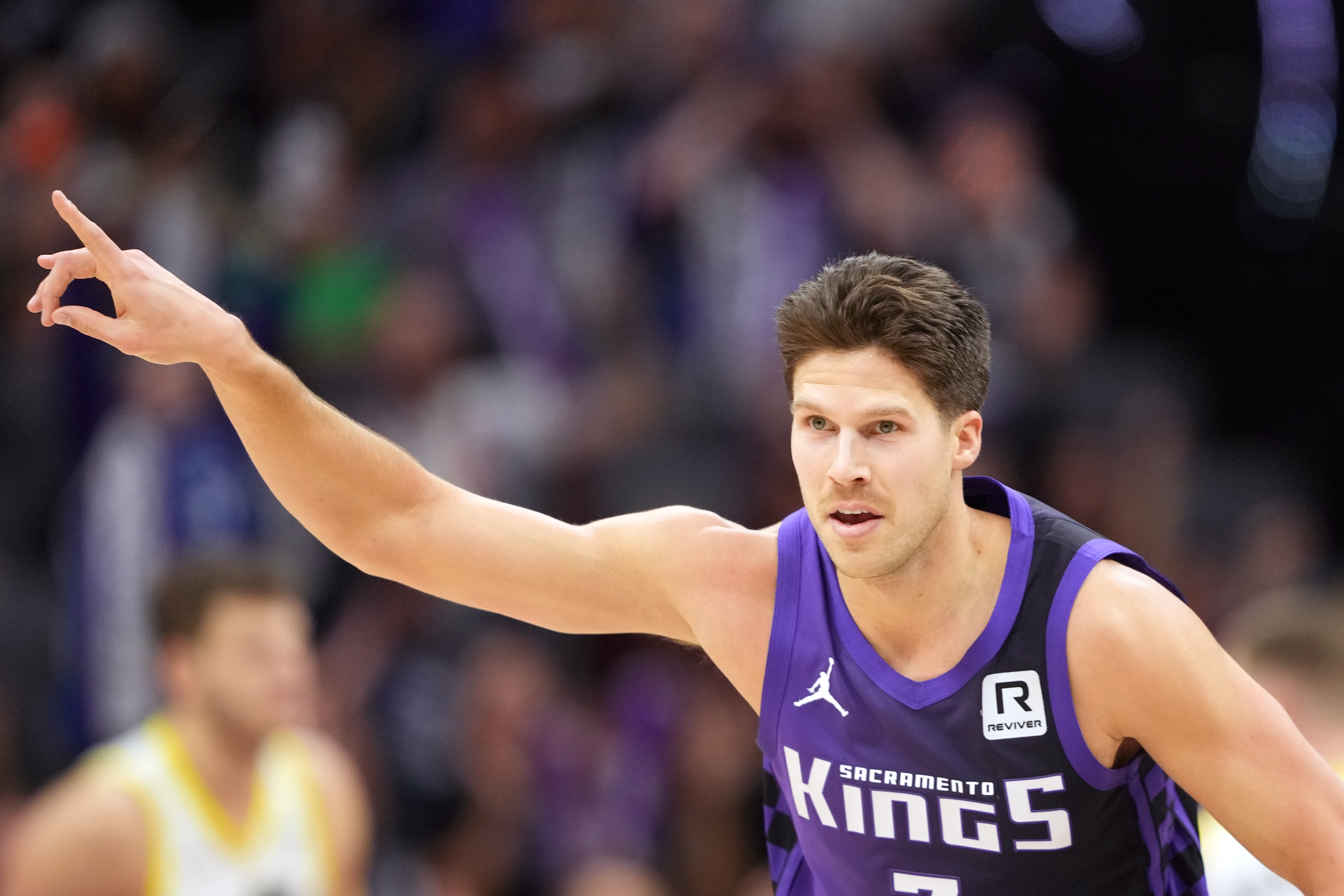
No. 11, Doug McDermott (Clayton University, 2010-14)
College career data: 145 games, 21.7 points, 7.5 rebounds and 1.3 assists, shooting percentage 55%, three-pointers 45.8%
McDermott is considered one of the most influential mid-range players of the century. As a four-year starter for the Blue Jays, he is the first player to win the first team honors of the Associated Press All-American three times in nearly 30 years. He is also one of only four players in NCAA men's basketball history to score more than 3,000 points in college career and grab 1,000 rebounds. He also helped Creton University successfully transition from Missouri Valley Alliance to the Big East Alliance.
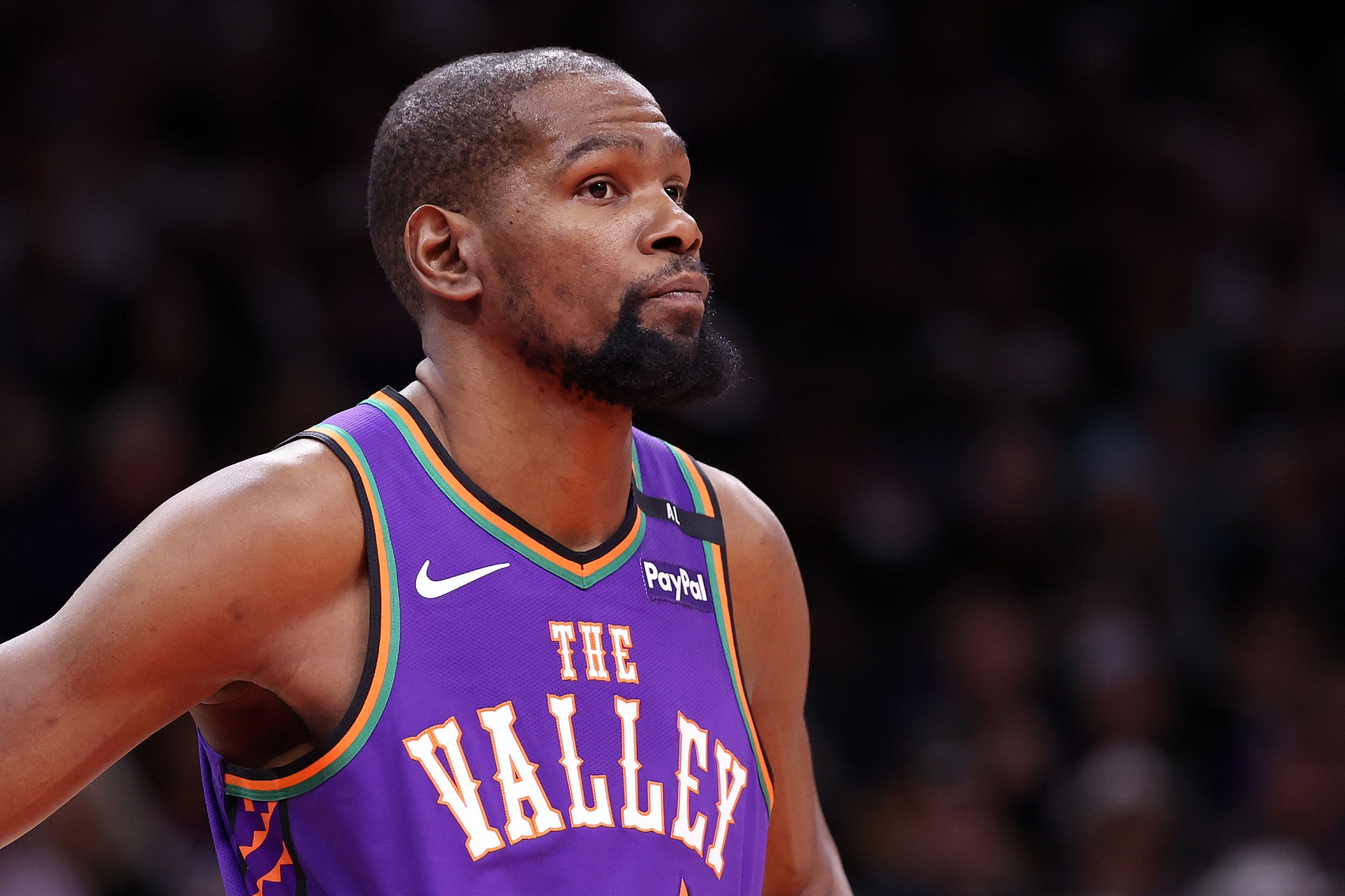
No. 10, Kevin Durant (University of Texas, 2006-07)
College career data: 35 games, 25.8 points, 11.1 rebounds and 1.3 assists, shooting percentage of 47.3%, three-pointers 40.4%
If Cameron Anthony is the best "season-by-season" player in college basketball history, then Durant is the candidate who follows. Unfortunately, Durant did not win the All-American Championship or even entered the semifinals, but that would not hide his brilliant performance in college basketball that year, becoming the first freshman to win multiple All-American Best Player Awards. The slender forward is almost omnipotent on the offensive end, which proves his wit and skill, as he never relies on brute force to crush his opponent. Durant’s game defines what a “must-see” TV show is.

9th, Zach Eddie (Purdu University, 2020-24)
College career data: 138 games, 18.2 points, 9.6 rebounds and 1.3 assists, shooting percentage 61.1%, three-pointers 50%
This is not a bias caused by Eddie's recent performance. Eddie's dominance in the inside completely changed Purdue's entire team and made Purdue a strong contender for the championship for two consecutive years. Despite reaching 7-foot-4, Eddie was a former hockey player and sometimes he was criticized for not being flexible enough. But in fact, no one can find an effective way to defend him or keep scoring in front of him. Like Ralph Sampson and Bill Walton, Eddie is the only player who can win the Naismith Player of the Year Award for the rest of the year.
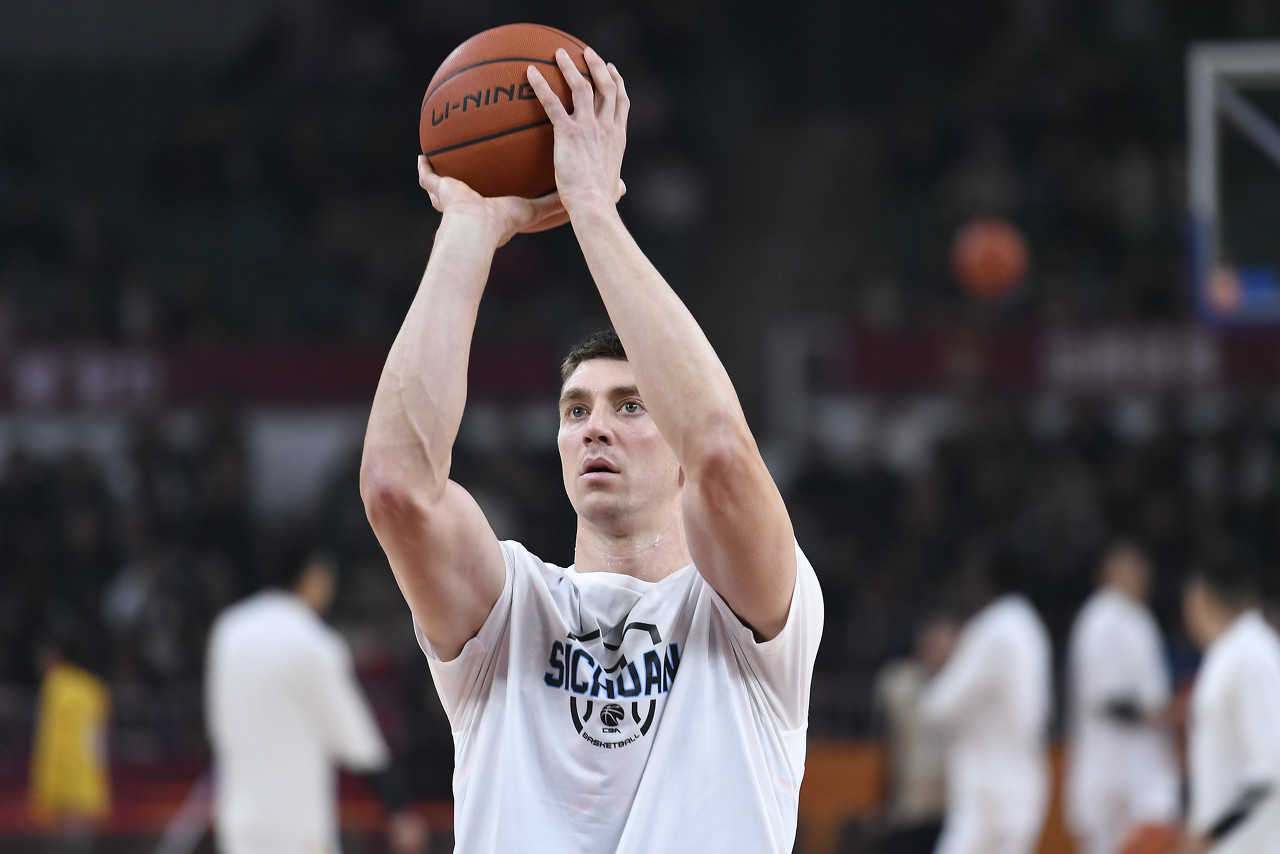
8th, Taylor Hansblu (University of North Carolina, 2005-09)
College career data: 142 games, 20.2 points, 8.6 rebounds and 1.1 assists, shooting percentage of 53.6%
Taylor Hansblu may be the most accomplished University of North Carolina player. He is known for his rich facial expressions and intense play style, so he is nicknamed "Madman T". In 2009, Hansblu led the team to the championship, and was selected into the All-American Team four times, reached the semi-finals twice, and was named the All-American Player in 2008. In the history of the ACC league, no player has surpassed Hansblu (2872 points).
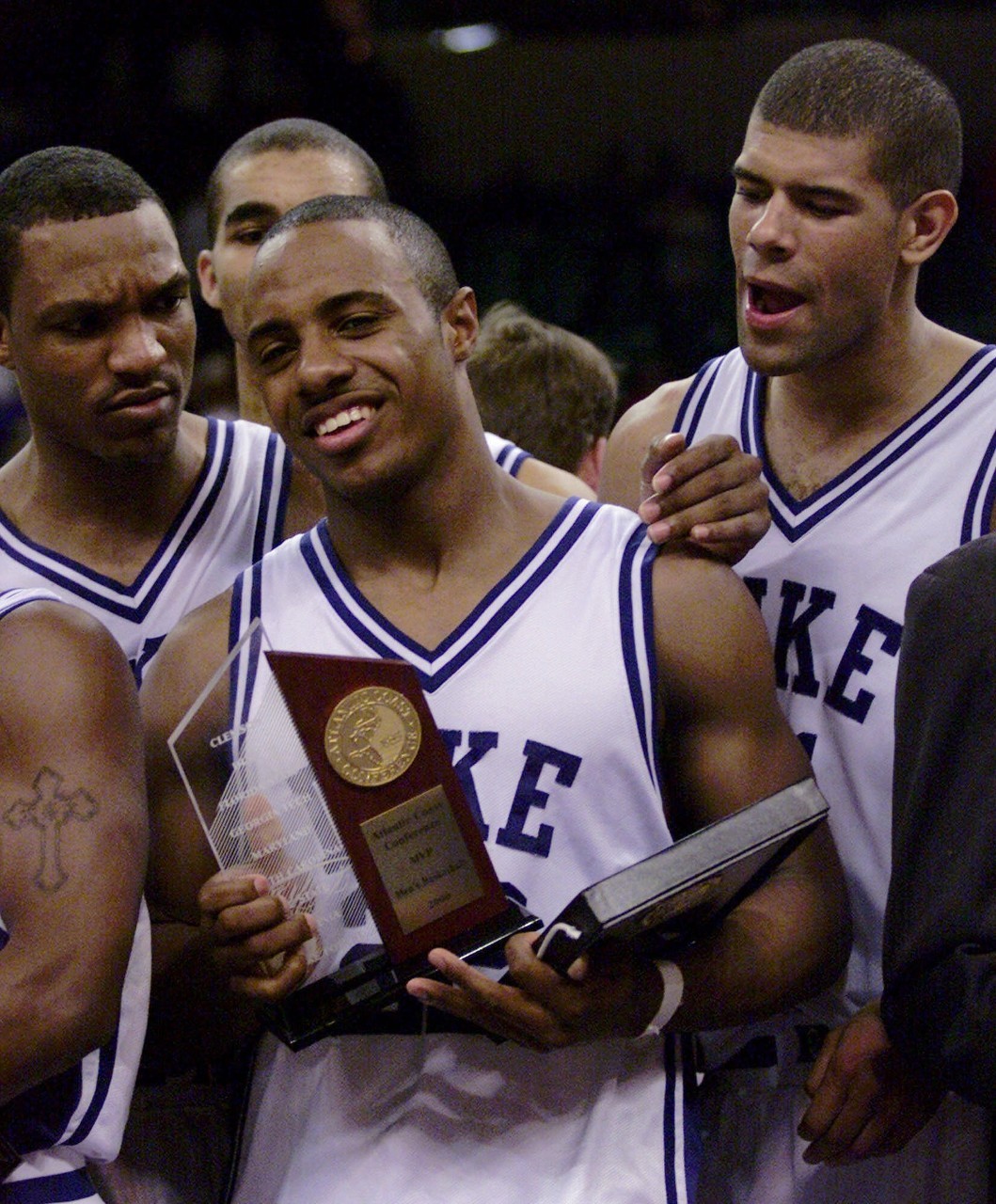
7, Sean Bathir (Duke University, 1997-2001)
College career data: 146 games, 13.6 points, 6.1 rebounds and 1.6 assists, shooting percentage 50%, three-pointers 41.6%
In NCAA history, only two players won the All-American Player and the All-American Defensive Player at the same time, and led the team to the championship. They are Bathir and Anthony Davis, and such achievements are extraordinary. Bathier is known for his excellent defense at Duke, and he can be seen standing up for offensive fouls in almost every game (although these numbers are not counted in the statistics, he did win the All-American Best Defensive Player Award three times). He is just as deadly in the corner 3-pointers, and whenever Duke needs to score, he always hits a key three-pointer. Despite several Duke players being featured in this list, Bathir stood out for his unparalleled influence on both sides of the offense and defense..
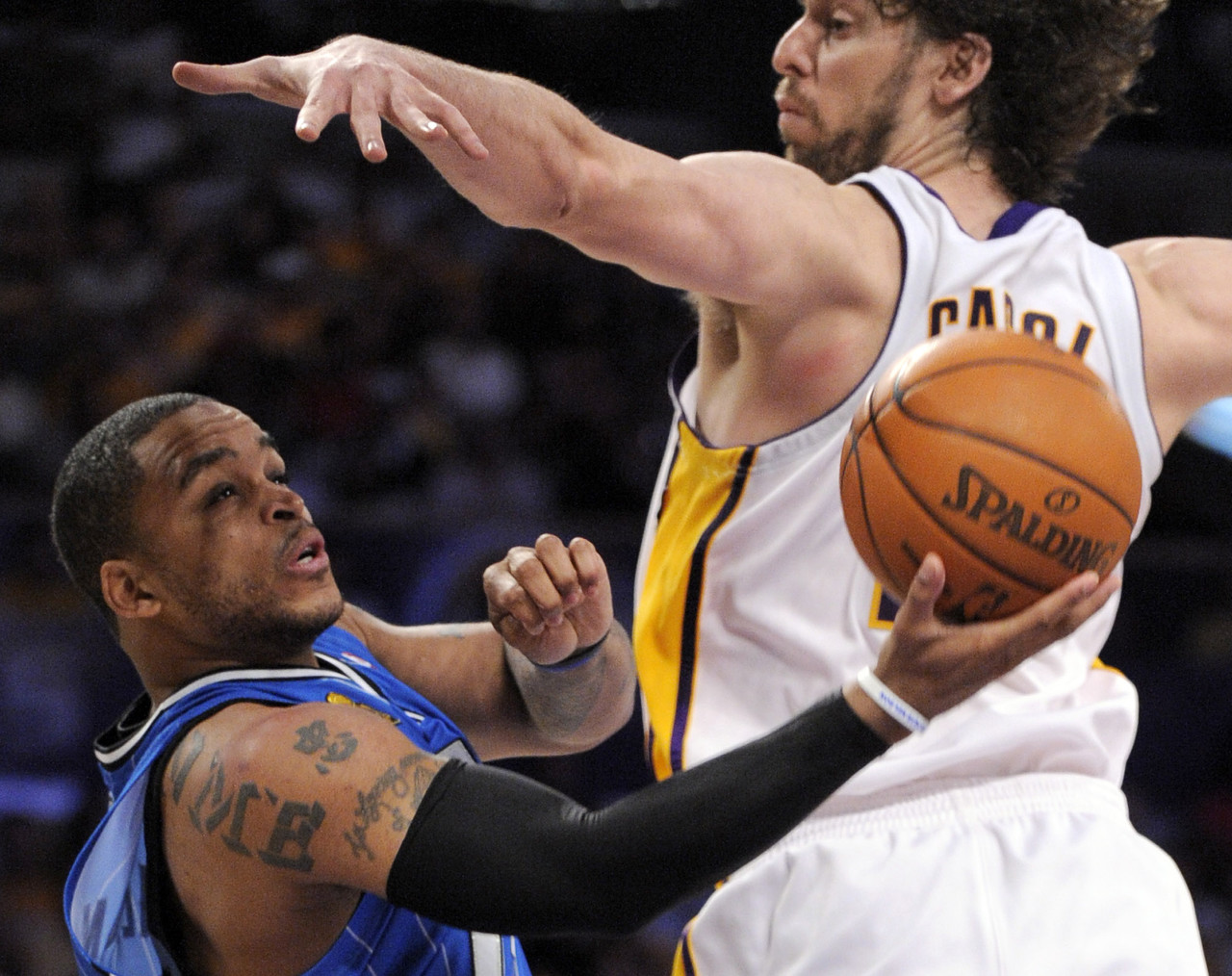
No. 6, Jamil Nelson (St. Joseph University, 2000-04)
College career data: 125 games, 16.8 points, 4.6 rebounds, 5.7 assists, 45.4% shooting percentage, 36.5% three-pointers, as a unique force in the Atlantic Ten Colleges League, Nelson was named the best player in the United States and was selected as the first team in the United States for leading St. Joseph University to a regular season record of 27 wins and 0 losses. He improved the team in unprecedented ways and nearly brought the team to the semifinals in the 2004 Elite Eight game against Oklahoma State, but eventually failed to hit the shot at the end of the whistle. Despite this, he remains the best player in St. Joseph's history.
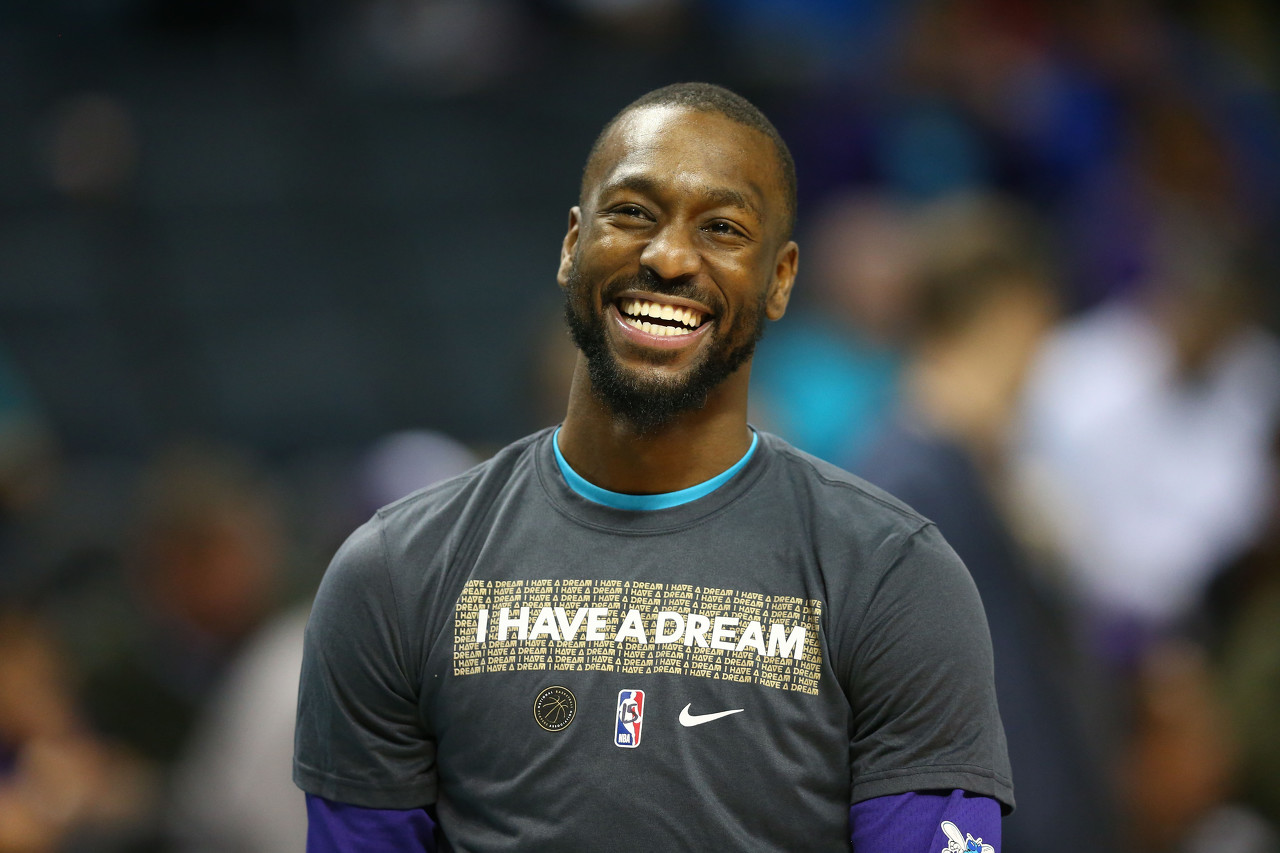
5th, Kemba Walker (University of Connecticut, 2008-11)
College career data: 111 games, 16.1 points, 4.4 rebounds, 4.1 assists, shooting percentage 42.8%, three-pointers 32.6%
In the spring of 2011, Kemba Walker staged his most outstanding individual playoff performance in college basketball history. He shone in the March game, leading the University of Connecticut to win five games in five days in the Greater East Championship, with an average of 26 points per game. This was just a warm-up for him to later lead the Huskies to win the 2011 national championship. On the largest stage in the United States, Walker averaged 23.5 points, 6.0 rebounds and 5.7 assists in six knockout games, and was awarded the title of Most Outstanding Player after defeating Butler in the final.
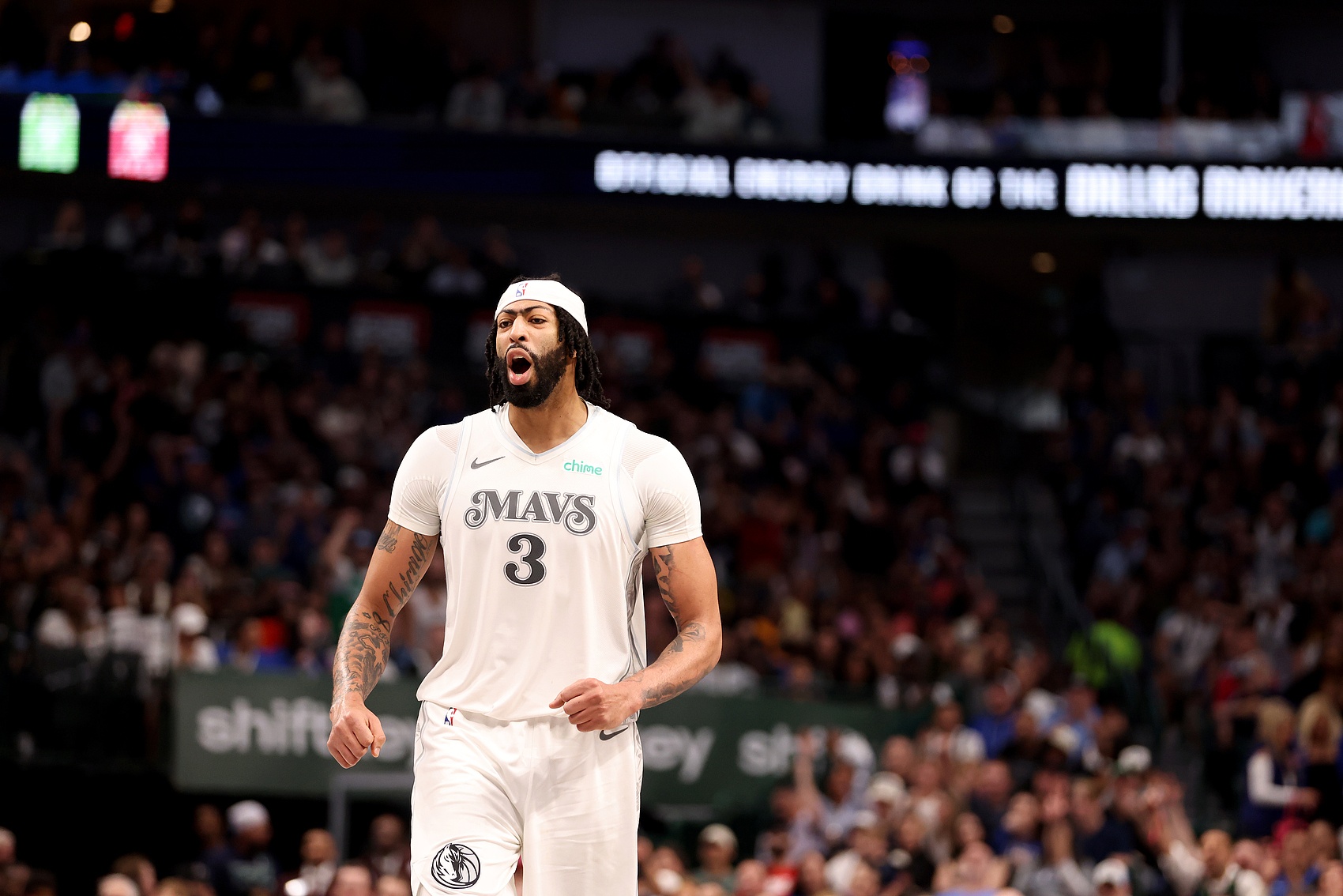
4, Anthony Davis (University of Kentucky, 2011-12)
College career data: 40 games, 14.2 points, 10.4 rebounds and 1.3 assists, shooting percentage 62.3%
As one of the most dominant players on both ends of the court in the past 25 years, Davis led the University of Kentucky to win the All-American championship in 2012, which is also the only time John Calipari won the championship during his coaching in Kentucky. He achieved a record of 38 wins and 2 losses during his college years, including a SEC win of 16 regular season games. As a steady offensive player, he is even more unstoppable on the defensive end, making it difficult for his opponent to score. Especially in the semi-finals, he performed well, scoring 24 points in two games, grabbing 30 rebounds and sending 11 blocks, and was awarded the Most Outstanding Player Award, becoming the fourth freshman in NCAA history to win this honor. Although he only made 1 of 10 shots in the championship game, the honor particularly highlights his huge influence on the defensive end.
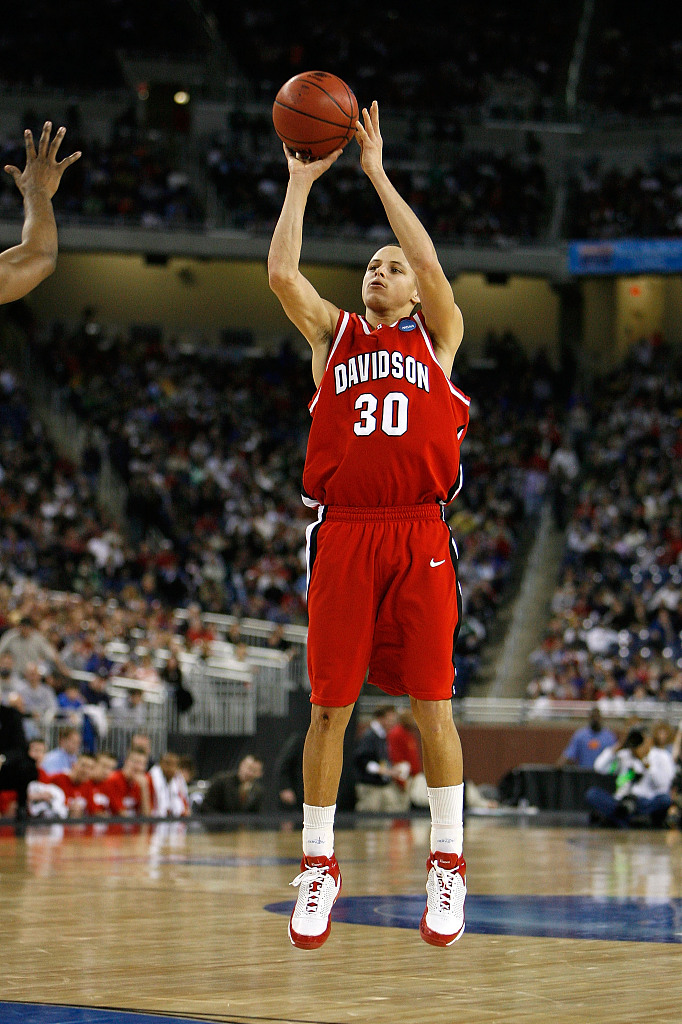
3, Stephen Curry (Davidson College, 2006-09)
College career data: 104 games, 25.3 points, 4.5 rebounds, 3.7 assists, shooting percentage 46.7%, three-pointers 41.2%
Although Curry has been named the All-American team twice, almost no one can foresee that he will become the greatest shooter in NBA history. Perhaps we should have noticed this earlier. In 2007, Curry, a freshman, scored 30 points in the first round of the NCAA Championship against No. 4 seed University of Maryland, even though they eventually lost the game. Then, as a sophomore, he scored 30 points in the second half, helping Davidson College beat No. 7 seed Gonzaga University and won the school's first NCAA Championship victory in nearly 40 years. Davidson Academy eventually made its way to the Elite Eight, a achievement that was almost entirely thanks to Curry's performance. In his junior year, Curry led the national scoring list with averaging 28.6 points per game, and then he entered the NBA early. To this day, Curry still maintains the NCAA record with the largest number of three-point shots in a single season (162).
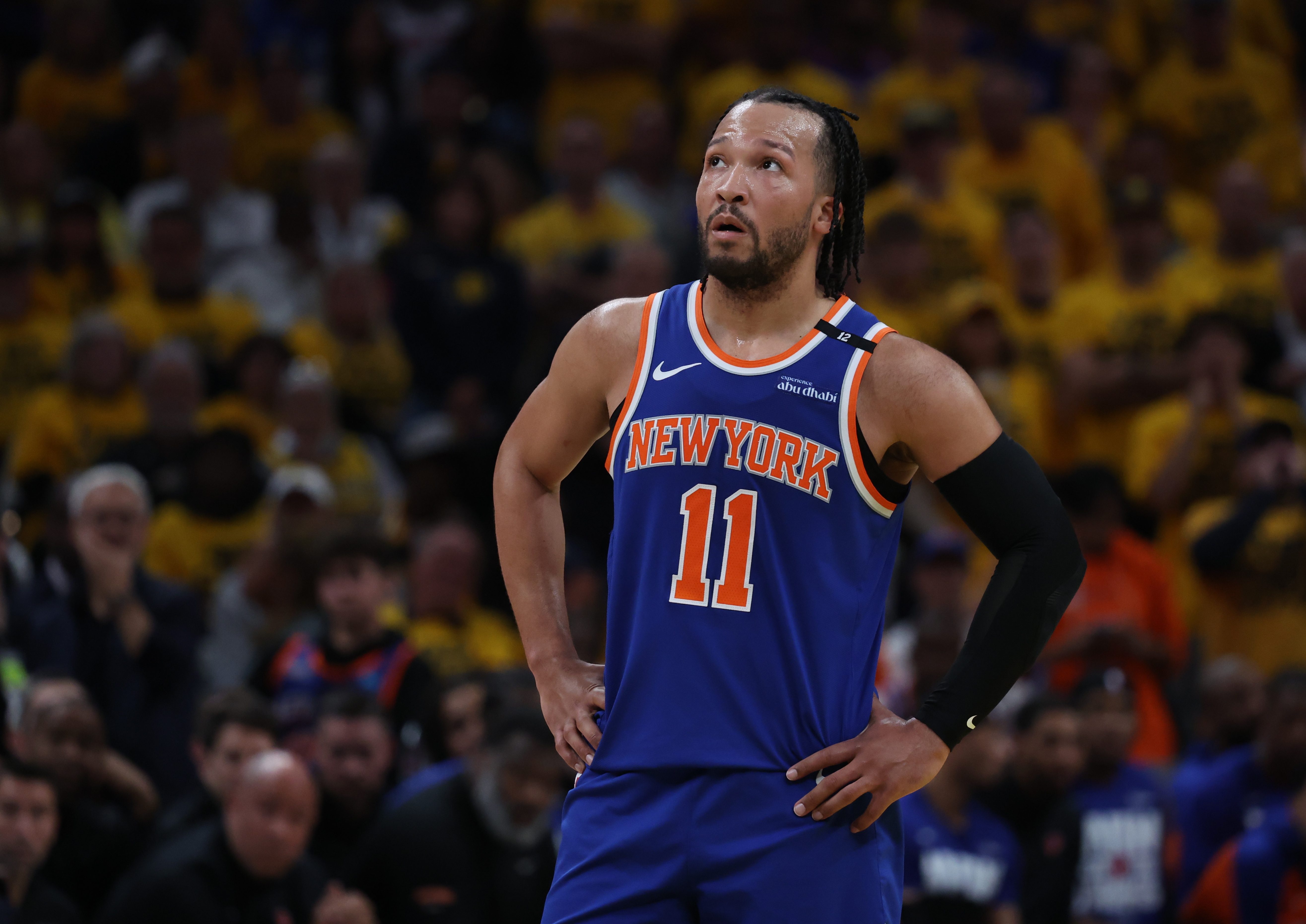
2nd, Jaylen Brunson (Villanova University, 2015-18)
College career data: 116 games, 14.4 points, 2.5 rebounds and 3.7 assists, shooting percentage 51%, three-pointers 39.3%
What makes Brunson the most memorable is his outstanding performance in his junior year, when he led Villanova University to win the 2018 national championship. But don't forget that he is also a freshman who plays as a starting player in the team that won the 2016 championship. Back then, he showed a big heart at a critical moment, and in the 2016 Elite Eight, he hit two key free throws with 3.5 seconds left to help Villanova beat the University of Kansas and create opportunities for Chris Jenkins' finals one week later. By junior year, Brunson became the best player in the United States with his outstanding basketball IQ and superb skills—don't underestimate him because of his lack of athleticism—he consolidated his legendary status with the second All-American champion and a recognized honor as the Player of the Year.
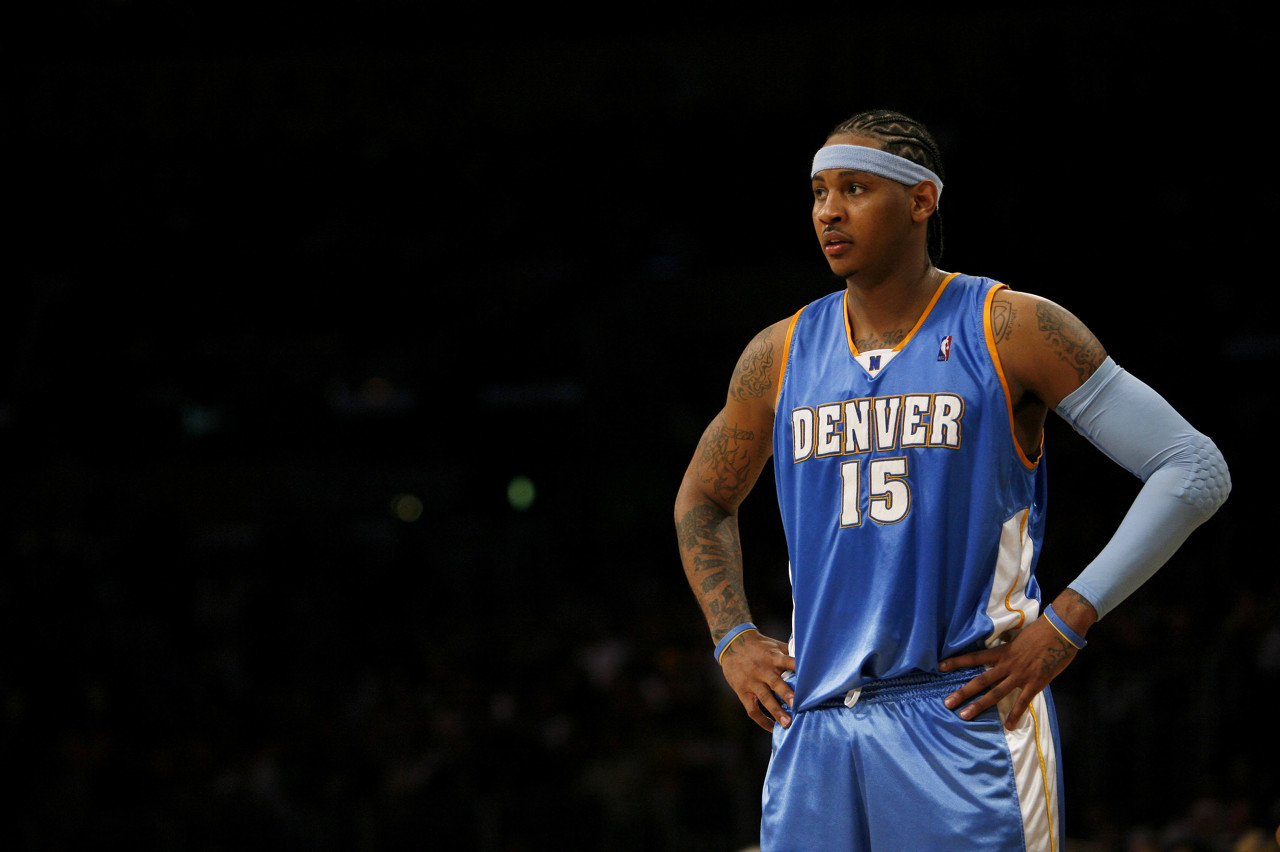
No. 1, Cameron Anthony (Syracuse University, 2002-03)
College career data: 35 games, 22.2 points, 10 rebounds and 2.2 assists, shooting percentage 45.3%, three-pointers 33.7%
Anthony is one of the greatest "Season Tour" players in college basketball history. After graduating from Oak Hill College in 2002, he chose to enter Syracuse University instead of directly changing careers. As a key member of Coach Jim Berheim's famous 2-3 joint defense (Anthony's 7-foot wingspan is ideal in the joint defense), he leads Syracuse, tops the list in scoring, rebounding and playing time. In the semi-finals against Texas State, Anthony scored 33 points, winning the team a chance to compete with Kansas for the championship. In that decisive game, Anthony almost scored a triple-double, contributing 20 points, 10 rebounds and 7 assists, helping Syracuse win the only championship trophy in its history.
Anthony was named the most outstanding player in the semi-finals that year. Although he is only the second-team player in the United States and has not won the All-American Player of the Year (the winner was Texas defender TJ Ford), his influence is unmatched. The changes he has brought to the team in just six months are amazing. You know, before the season, Syracuse was not ranked and missed the 2002 NCAA Championship. But under Anthony's leadership, they finally won the championship.
Original text: Lindsay Schnell
Compiled by: JayChan
source:wap 7m cn live scores com

